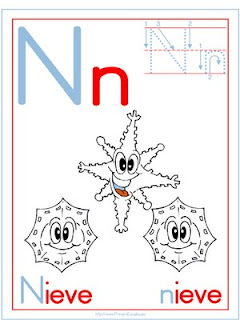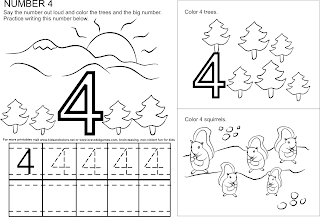Childhood obesity is a condition where excess body fat negatively affects a child's health or wellbeing. As methods to determine body fat directly are difficult, the diagnosis of obesity is often based on BMI. Due to the rising prevalence of obesity in children and its many adverse health effects it is being recognized as a serious public health concern. The term overweight rather than obese is often used in children as it is less stigmatizing.
Effects on health
 The first problems to occur in obese children are usually emotional or psychological. Childhood obesity however can also lead to life-threatening conditions including diabetes, high blood pressure, heart disease, sleep problems, cancer, and other disorders. Some of the other disorders would include liver disease, early puberty or menarche, eating disorders such as anorexia and bulimia, skin infections, and asthma and other respiratory problems. Studies have shown that overweight children are more likely to grow up to be overweight adults. Obesity during adolescence has been found to increase mortality rates during adulthood.
The first problems to occur in obese children are usually emotional or psychological. Childhood obesity however can also lead to life-threatening conditions including diabetes, high blood pressure, heart disease, sleep problems, cancer, and other disorders. Some of the other disorders would include liver disease, early puberty or menarche, eating disorders such as anorexia and bulimia, skin infections, and asthma and other respiratory problems. Studies have shown that overweight children are more likely to grow up to be overweight adults. Obesity during adolescence has been found to increase mortality rates during adulthood.Environmental Causes of Child Obesity
1. Insufficient Calorie Expenditure Through Exercise
 The average American child spends a significant percentage of leisure time watching TV, or playing computer games. Few calories are expended during this sedentary activity. Not surprisingly, obesity rates are higher among children and teenagers who frequently watch television. In addition,
The average American child spends a significant percentage of leisure time watching TV, or playing computer games. Few calories are expended during this sedentary activity. Not surprisingly, obesity rates are higher among children and teenagers who frequently watch television. In addition, 2. Excessive Snacking
Excess nibbling is a probable cause of obesity in children. Americans are estimated to spend over $1 billion dollars a day on snacks. The average American eats the equivalent of a fourth meal every day. And children are no exception. Often surrounded at school by high-calorie snack vending machines dispensing (eg) sugary soft drinks, regular TV-watching exposes the child to a battery of high-energy snack foods and drinks.
3. Fast Food Diet
Over-consumption of fast food is another probable cause of child/teen obesity. In 1992, children aged 6-14 years ate in quick-serve restaurants on average 157 million times a month. Children are courted and targeted by many fast food chains, who promote super-size portions and all-you-can-eat offers.
4. Family Behaviors
It's difficult to separate genetic from family-environmental factors as causes of childhood obesity. Although children of obese parents are estimated to have a 25-30 percent extra chance of becoming obese themselves, part of this increased risk of obesity is probably due to eating habits and poor family nutrition, rather than heredity. Parental behavioral patterns concerning shopping, cooking, eating and exercise, have an important influence on a child's energy balance.
5. Body Image
Obesity in a child or adolescent may also be encouraged by a distorted body image, due to peer pressure, parental influence - including attitude of parents to weight loss and dieting.
Genetic Causes of Child Obesity
Genes affect a huge number of weight-related chemical processes in the body. Metabolic rate, blood glucose metabolism, fat-storage, hormones to name but a few, are all influenced by our genetic inheritance. Also, some studies of adopted children indicate that adopted children tend to develop weight problems similar to their biological, rather than adoptive, parents. In addition, infants born to overweight moms have been found to be less active and to gain more weight by the age of three months when compared with infants of normal weight mothers. This indicates a possible inborn drive to conserve energy.

























































